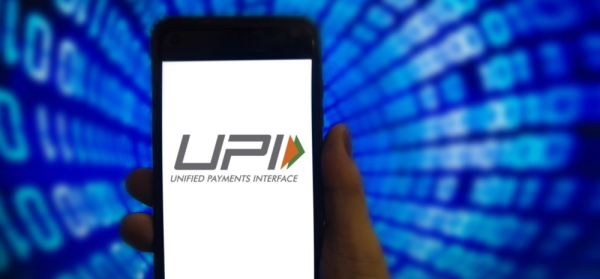
Update: Govt has issued a statement, stating they have no such plans.
Earlier..
In a significant policy shift, the government is evaluating the return of Merchant Discount Rate (MDR) charges on Unified Payments Interface (UPI) transactions above ₹3,000. The move seeks to ease the cost burden on banks and payment service providers handling high-value digital payments.
Zero-MDR Policy May Soon Be Reversed
Since January 2020, India has maintained a zero-MDR regime on UPI to boost digital adoption. However, as operational costs climb, especially for large transactions, this policy may be reworked. Reports suggest that MDR will be reintroduced based on transaction value—not merchant turnover—ensuring smaller merchants and low-value payments stay unaffected.
Proposed MDR: 0.3% for Large UPI Transactions
The Payments Council of India has suggested applying a 0.3% MDR on large UPI merchants. For comparison, MDR on credit and debit card transactions typically ranges from 0.9% to 2%. RuPay credit cards are expected to remain exempt from this MDR reintroduction, preserving their appeal for cost-conscious users.
Consultations Underway With Fintech Ecosystem
A final decision is expected in the next one or two months after consultations with banks, fintech firms, and the National Payments Corporation of India (NPCI). The policy could mark a shift from encouraging digital payments adoption to ensuring the financial sustainability of the UPI infrastructure.
Conclusion
Reintroducing MDR for UPI payments above ₹3,000 would represent a crucial change in India’s digital payments strategy. While promoting inclusion through exemptions for small-value payments, the move aims to balance innovation with economic feasibility—ensuring banks and fintech players have the incentive to keep investing in the ecosystem.
-
Vitamin E for Hair Growth: Nature's secret for Stronger Strands

-
Nourishing Winter Laddus: Five Healthy Recipes to Boost Immunity

-
Human hearts may self-heal after heart attacks! Scientists reveal natural healing power that could save millions of lives

-
The Science Behind Fathers Reading to Their Kids

-
Azelaic acid: The underrated skincare acid that repairs, brightens, and calms your skin
